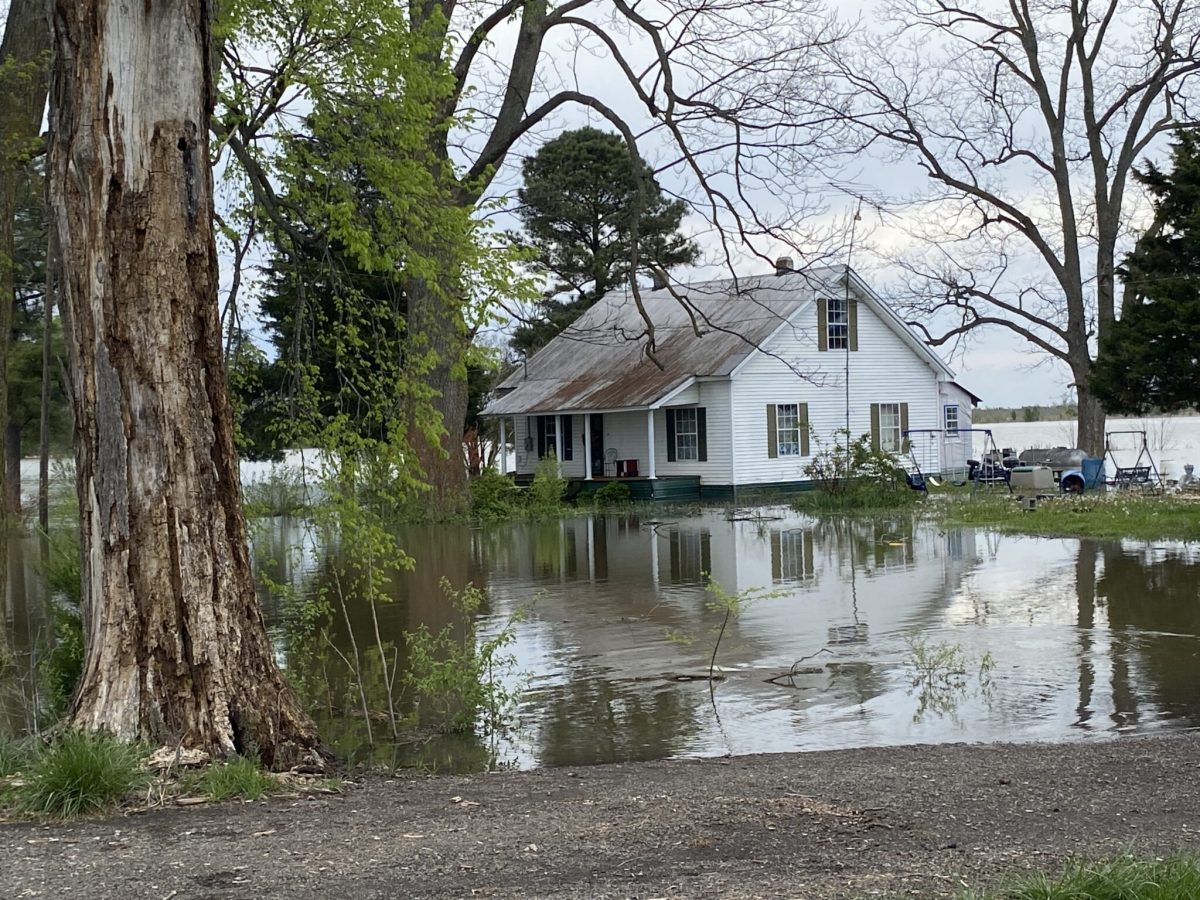Under proposed new federal disaster aid thresholds designed to reduce the amount of funding distributed to states following natural disasters, Tennessee would have lost 37 percent of the assistance it received after disasters from 2008 to 2024, according to research from Urban Institute.
A memo sent from former Federal Emergency Management Agency acting administrator Cameron Hamilton to the White House Office of Management and Budget suggested quadrupling the damage threshold for federal aid, CNN reported in late April.
Nonprofit think tank Urban Institute analyzed 870 major disaster declarations that received public assistance grants from 2008 to 2024 using the proposed quadrupled threshold to “understand what these proposed changes could mean for federal disaster spending and state and local government budgets,” their report states.
President Donald Trump’s administration has repeatedly expressed its aims to cut FEMA spending and shift more post-disaster recovery responsibility to states, though it’s not clear if this higher threshold proposal will be implemented. Members of Congress continue to debate how FEMA should be reformed.
At a House Appropriations Committee hearing on May 7, Hamilton said federal law is clear on the federal government’s role as a resource for overwhelmed states.
“The problem is we’ve created financial incentives for the continuation of that, and even expanded levels,” Hamilton said. “We’ve kind of lowered disaster thresholds. We’ve used other criteria that, to be honest, are a little bit too soft for my opinion, that have incentivized financially a lack of carrying insurance policies, as well as lower disaster thresholds, which are probably not the best use of my staff.” Hamilton said.
“This isn’t to say that states aren’t in need. We know they are, but we have to raise the threshold so that FEMA can truly prioritize efforts where the state is, in fact, overwhelmed,” he said.
Hamilton, who was appointed by Trump, was fired from his interim role one day after the hearing, where he contradicted Homeland Security Secretary Kristi Noem by telling members of Congress that he believed eliminating FEMA entirely was “not in the best interest of the American people.”
After a disaster, states assess damage and can request a presidential disaster declaration to open eligibility for aid through FEMA’s Disaster Relief Fund. The president has sole discretion over whether to approve a declaration, but FEMA uses internal thresholds to shape their recommendations to the president.
The minimum threshold for public assistance programs — which help state and local governments recoup the costs of debris clearing and infrastructure repairs — sits at a statewide cost-to-population ratio of $1.89 per capita impact (PCI). Quadrupling it would raise it to $7.56 PCI.
West Tennessee picks up pieces, awaits FEMA decision after severe storms
The nonprofit research group quadrupled the PCI threshold for each year between 2008 and 2024 and compared the costs from preliminary damage assessment reports for each disaster in that timeframe to determine if it would have met the threshold for federal aid.
The group found that 71 percent of major disasters from 2008 to 2024 would not have received a presidential disaster declaration under the higher threshold, meaning states would have lost out on roughly $15 billion in federal assistance.
Tennessee would have lost $468 million of aid if this higher threshold had been in place, the report states.
The Hamilton memo also recommended reducing the federal government’s share of recovery costs when disaster declarations are granted by capping the share at 75 percent.
Currently, the federal government covers at least 75 percent of costs. In Tennessee, the state and local governments typically split the remaining 25 percent share.
If the 75 percent cap had been in place from 2008 to 2024, Tennessee would have had to cover an additional $118 million in recovery costs — the most of any state or territory, according to the report.
Tennessee Lookout is part of States Newsroom, a nonprofit news network supported by grants and a coalition of donors as a 501c(3) public charity. Tennessee Lookout maintains editorial independence. Contact Editor Holly McCall for questions: info@tennesseelookout.com.
